Q&A with Tour Down Under race director Mike Turtur
Australian on the new WorldTour, the 2017 Tour Down Under and possible changes in the years ahead
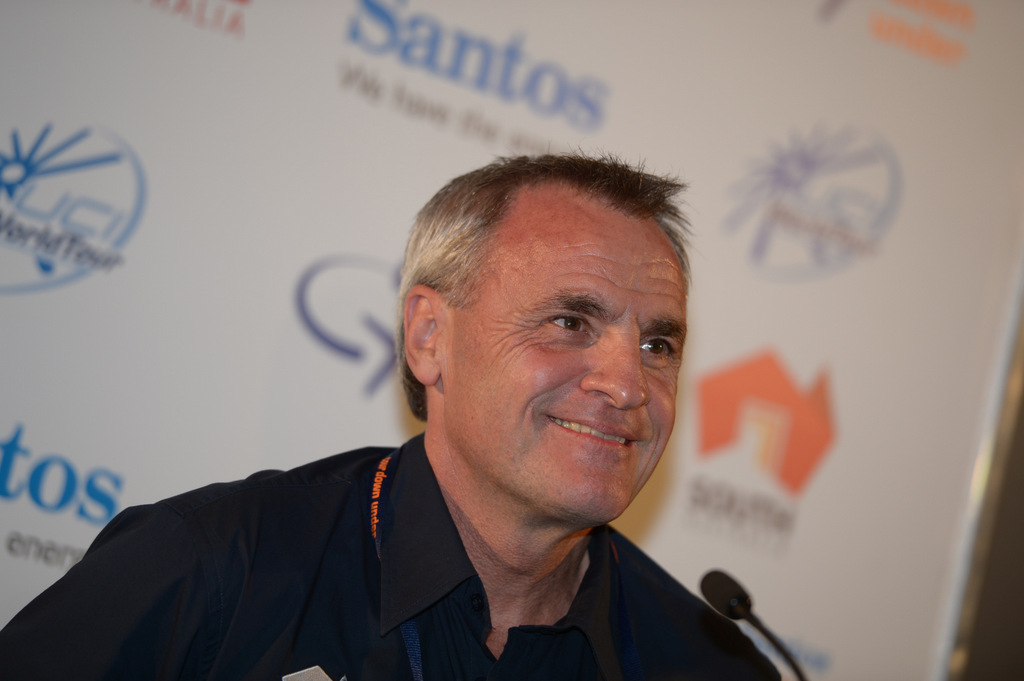
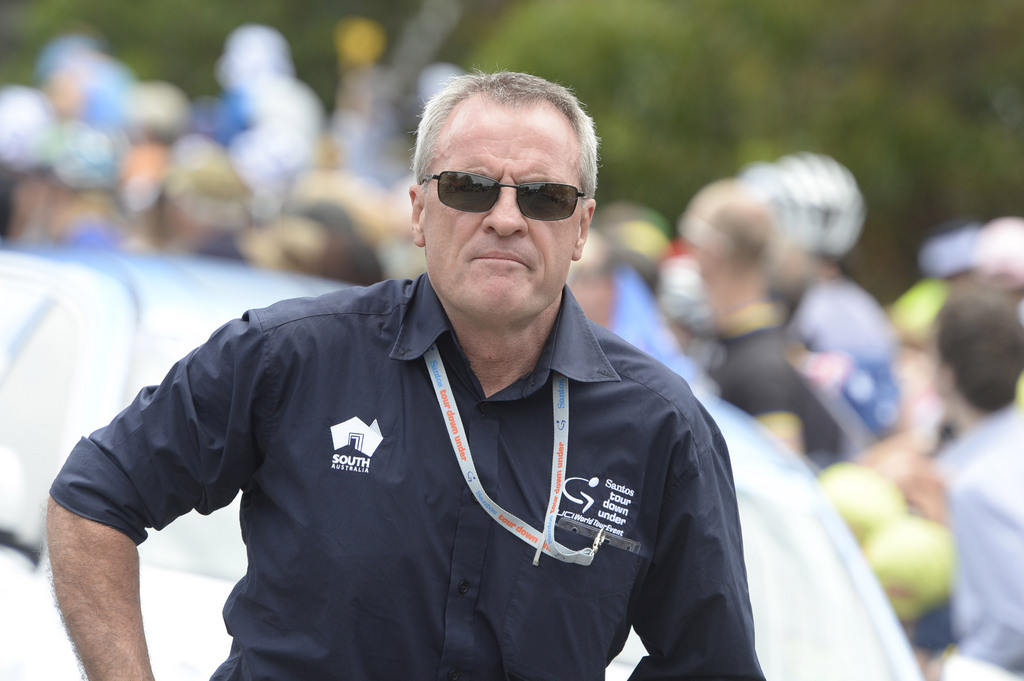
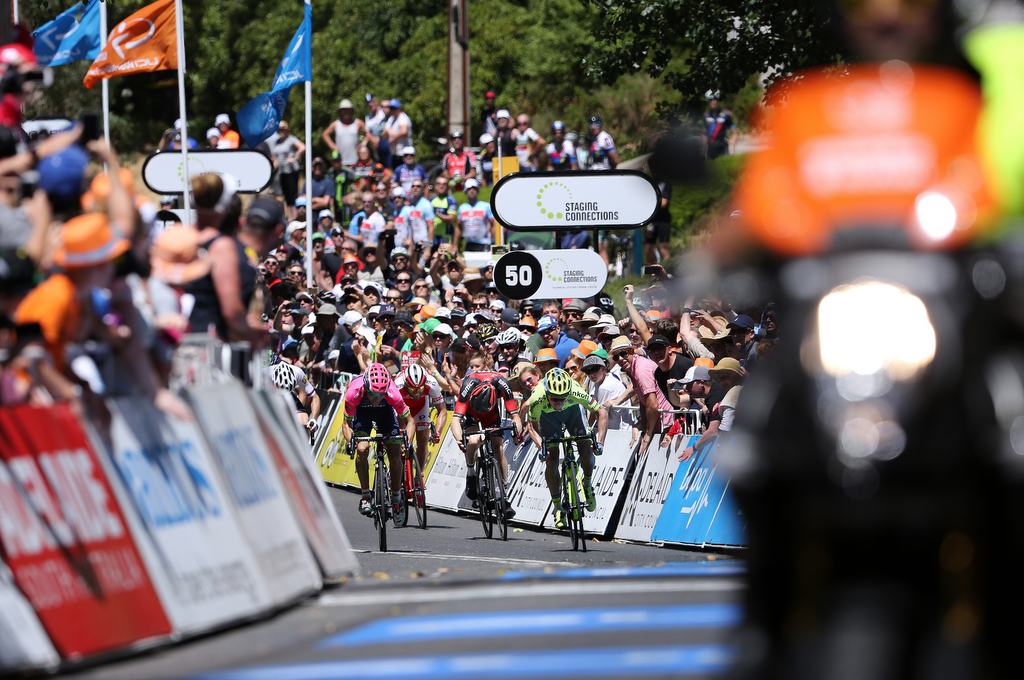
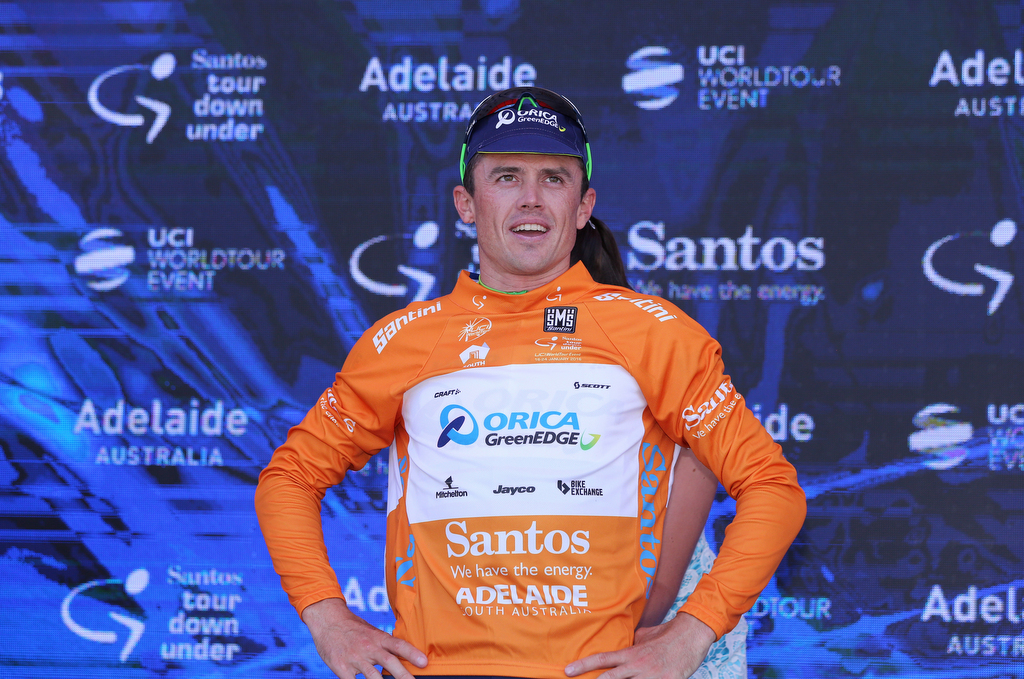
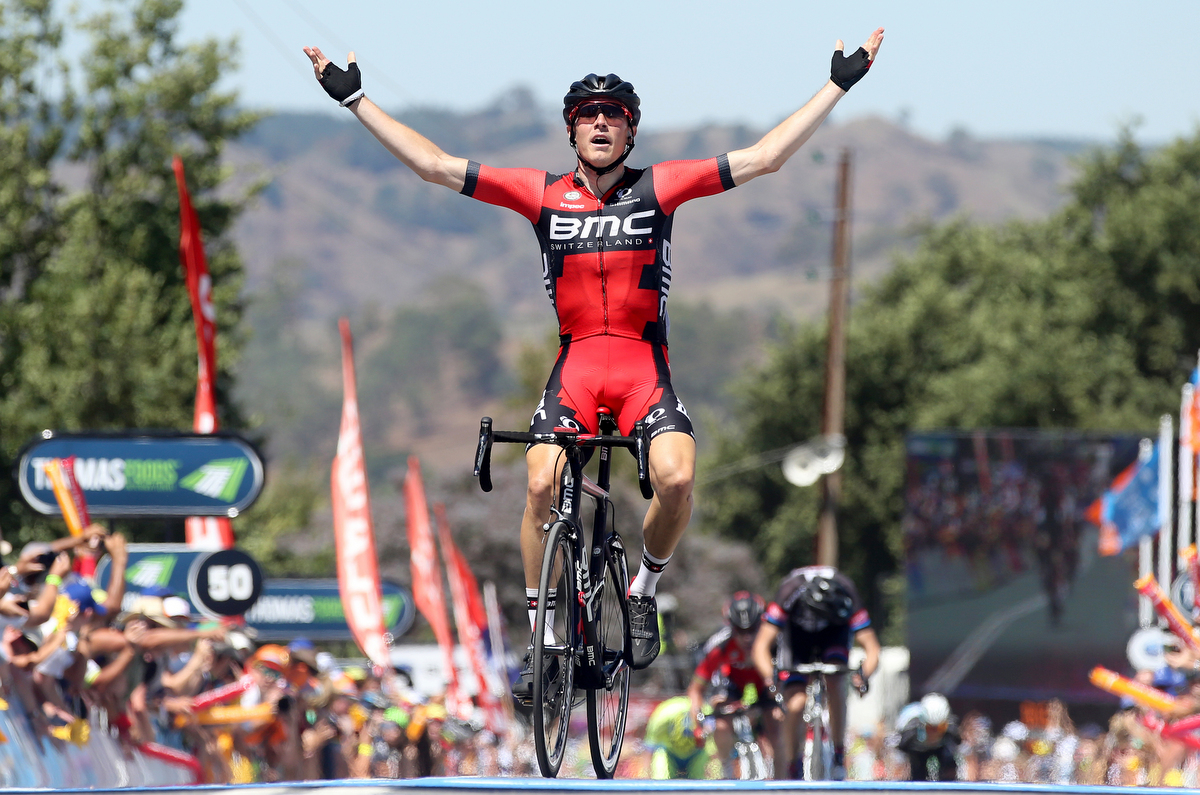
Since its 1999 debut on the cycling calendar, Mike Turtur has overseen the success of the Tour Down Under as its race director. The race joined the top tier of the sport in 2008 and has since gone on to become a key early-season race as the WorldTour opener for both Australian and international riders.
In 2016, all six stages were won by Australians, with Orica-BikeExchange's Simon Gerrans winning a record fourth overall title. Gerrans will return to defend his title next month alongside teammates Esteban Chaves, who will make his Australian racing debut, and fast man Caleb Ewan, who will lead the team ambitions for sprint stage wins.
While the Tour Down Under remains the first race on the WorldTour calendar, it is no longer the only WorldTour race on Australian soil, with the Cadel Evans Great Ocean Road Race being elevated to the top tier from 2017. Cyclingnews spoke with Turtur about the elevation of the Victorian one-day race, the Tour Down Under race route for 2017, and possible changes to the parcours in the years to come.
Cyclingnews: In 2017, the Tour Down Under is no longer the only WorldTour race on Australian soil, with the Cadel Evans Road Race joining the top tier. Do you view the move as a complement to your race or the move of a competitor?
Mike Turtur: It's both, to be honest. It is a complement to the event that they have made the WorldTour level, but of course there are difference between the new WorldTour events and the original WorldTour events that were on the calendar one year ago. It is something maybe I don't totally agree with in terms if the UCI making a decision and effectively having two levels of a WorldTour race. For me, it makes it a little bit confusing and I am not sure it is the correct thing to do. If you are going to have the WorldTour, you may as well have a WorldTour event that is subject to all the other WorldTour events. I can't see the benefits in having a second calendar with a number of events that don't have the same participation rules for example. It really doesn't sit well with me.
Having said that, it is a good thing for the race and a good thing for Australian cycling to have another high-ranked event on the calendar, that goes without saying. They will have a good line up, so will we, and we just have to make the best of what we've got and try to present the best quality race we can. Because at the end of the day, many people who are passionate about cycling have a narrow sort of opinion of what is good and bad for the sport. What everyone needs to realise and understand is that both races, and I can speak without any question about our race, that our race was established and founded and supported on the premise that it is a tourism event. It just happens to be a bike race. Without tourism, visitation, and economic benefit the race will stop if the numbers are not at the required level. So when the cycling officials of the world are making decisions based on what they are doing in terms of the promotion of the sport in different regions and globalisation and so on, they also need to consider the fact that ok, there is a cycling perspective that needs to be acknowledged there is also the business perspective and that is that tourism with a lot of events is the main aspects of events surviving or not. It is a delicate balance but something that also needs to be considered.
CN: No rider has successfully defended their Tour Down Under title. Is that something that bothers you or do you embrace it?
Get The Leadout Newsletter
The latest race content, interviews, features, reviews and expert buying guides, direct to your inbox!
MT: I haven't thought about it a lot, to be honest. Simon has won the race four times but there has never been a successful defence. Simon I know has great motivations for the race and his past performances here have been first class. This year's win, they way he won stages and took the overall title was really special. To see him win a fifth title would be great because big races throughout the world always honour their past champions and when you have a multi-race winner like Simon, it is a pleasure as an organiser to have such a name on the honours list having won the race so many times. It will be interesting because Orica-BikeExchange to start with a pretty big team and will be keen to kick the season off on the right note like they try to do most years here.
CN: Which stage are you most looking forward to in 2017?
MT: The Willunga stage is always where the race is won or lost. It's been designed that way and worked brilliantly for the event, so that is always going to be a big day up the climb. I think the day up to Paracombe, Torrens Hill Road, it going to be really decisive. The reason being, we changed the course so that rather than approaching it from the Cuddle Creek or Adelaide Hills end to the bottom of the climb, we are actually going up the gorge road, which makes it lot more difficult. I would predict that going up the gorge and when we get to the left-hand turn at Torrens Hill Road for the final climb to the finish, there might be a group of about 20 riders left. It will be very selective. That day to me is going to be crucial in the overall situation and make a really special day.
Introducing the finishing circuits around Victor Harbor, something we wanted to do for a number of years now, but we have identified a 13km circuit. The crowds south of Adelaide along the coast, because the holiday period has always been massive for the race, and by having a finishing circuit in Victor Harbor where they will do it four times will attract a massive crowd.
I think starting in Stirling the day we do end up at Paracombe doing the circuits in the beginning rather then the end of the stage is going to be interesting. I think there will be enough there for everyone to get their teeth into and hopefully the race will produce the result we have seen in the last few editions where it has been very close.
CN: Have you been thinking of changing the Stirling circuit finish to a stage start for long?
MT: It just worked out better that day for us as having Stirling as a start location, which is close to Adelaide, but also the 20km circuit of Stirling is quite difficult. It is very undulating with a lot of uphill drags. I just wanted to test the race to see what happen by starting there and doing the circuits early and how we would affect the overall mood of the riders and the stage by finishing up the top of Torrens Hill Road later in the day. Going down Norton road summit for the first time, rather than going up, and along the bottom of the Adelaide hills so when you get to the bottom of the Norton road summit it is 20 odd k to the finish line. I expect from that point on we will see the fireworks. Having said that, you don't know what will happen around Stirling in the first 100km because the circuits produce some difficult racing.
CN: Were there many possible stage starts and finishes, or particular locations and climbs for example that came close to being included for the 2017 race?
MT: We have been in a pretty unique position whereby we work a year in advance of each race in terms of planning, and in 2018 the race celebrates 20 editions so it will be a big milestone for the event. We have always been in the position where we have had more expression of interest than we really need to host stage starts and finishes. Council areas are registering their interest and receive them in February in each yeah which gives us a lot of flexibility where we can start and finish and then we have some other ideas of our own of those councils haven't registered interest we approach them individually and if it works in terms of the race design, ask them would they be interested in being involved and that has happened a number of times in the past. There are locations that we would have liked to have had on the race and others that have missed out, it is a difficult process but we try to move and share around the race around much as possible.
CN: Has a time trial ever come close to be included in the race?
MT: It has and it is something we have looked at closely on a number of occasions. It just needs to fit with the format and I think you have to be really careful having witnessed a few years ago at the Tour of Beijing when they had an opening time trial and Tony Martin won it and that was it. The race was over. You just have to be careful with a short stage race about how far it is, how difficult it is, whether it is at the start, beginning or end. It is something that we have looked at and it is something we will look into for future decisions of the race, but for the moment I think the open stage race format works really well for the format and we will stay with that format for the moment.
CN: Should you introduce a time trial, would it be more likely to be 10km in length than 25km, for example?
MT: You couldn't make it too long because the blowout of times would be all over after the time trial. You have to be careful with the planning. The other aspect with the open road stages in previous editions, and if you look over the history of the race, there has never been a massive winning margin, it has always been a handful of seconds. In particular, the last three or four have been particularly close. I think the fans enjoy the closeness of the racing and to have a time trial, you have to be careful with the type of terrain, the distance and where it would fit into the race.